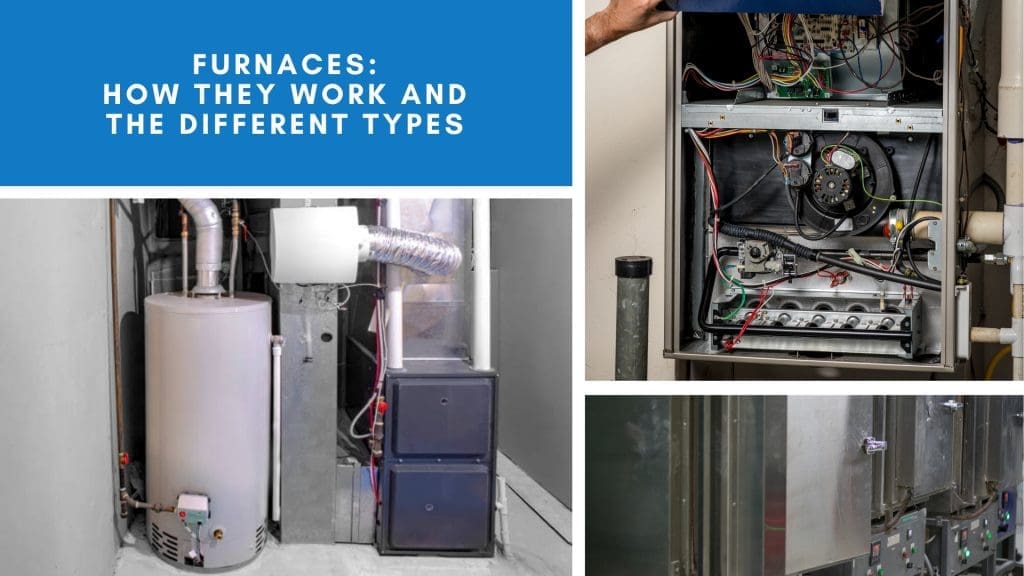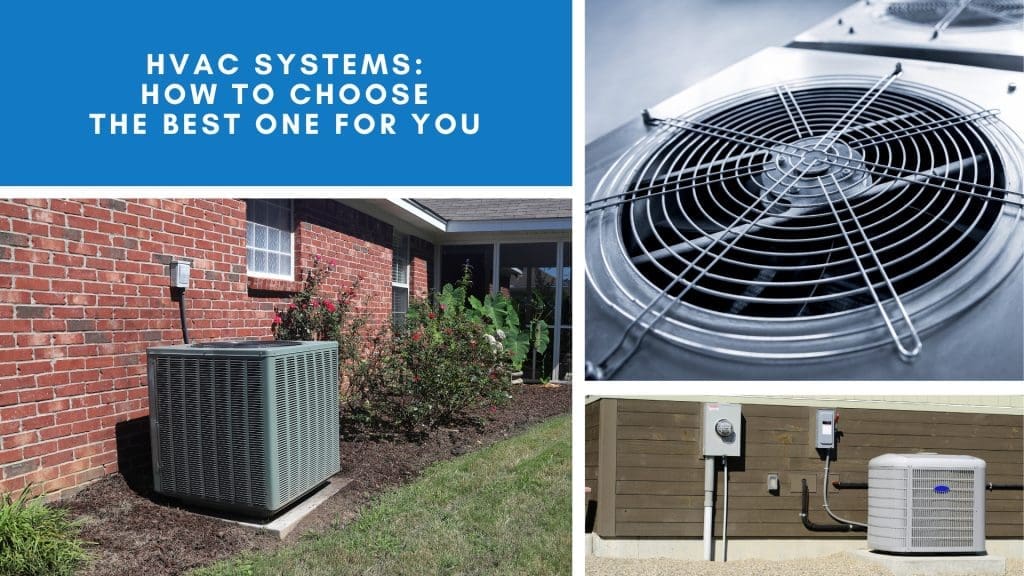Typically, a well-maintained furnace can last between 15 to 20 years. However, as your furnace ages, it becomes less efficient and more prone to breakdowns. Regular maintenance can extend its lifespan, but eventually, even the most robust units need replacement. Changing Your Furnace at the right time is important to stay proactive rather than reactive, as waiting until it breaks down completely can leave you without heat at the most inconvenient times.
Moreover, older furnaces often lack the advanced features and energy efficiency of newer models. This means they not only cost more to operate but can also contribute to uneven heating, making some areas of your home uncomfortably cold. By understanding the typical lifespan and signs of aging, you can plan ahead for a replacement, ensuring you have reliable heating when you need it most.
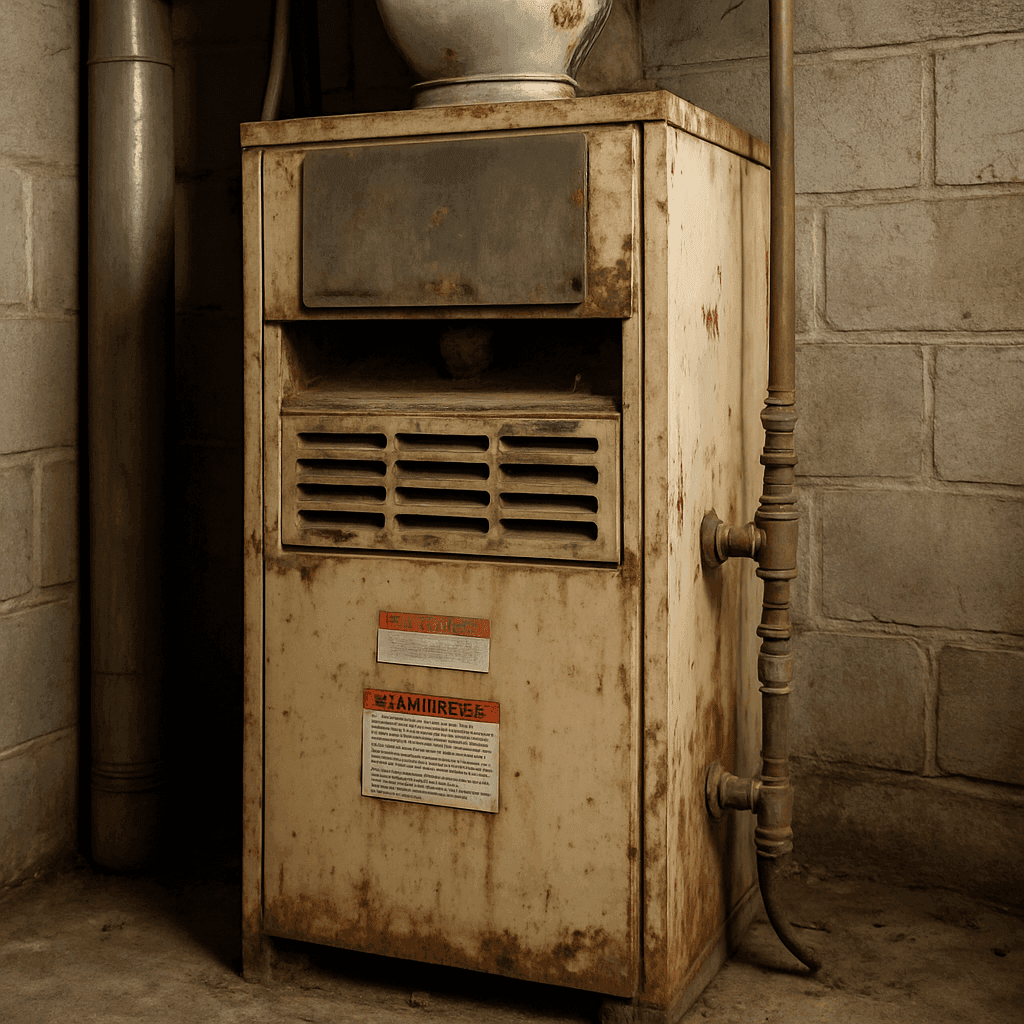
Signs Your Furnace Needs Replacement
- Age of the Furnace: If your furnace is over 15 years old, it’s time to start considering a replacement. Older furnaces are less efficient and may not comply with current safety standards. Newer models come with enhanced safety features and better technology, providing peace of mind and improved performance.
- Increased Energy Bills: A sudden spike in your energy bills without any change in usage patterns may indicate that your furnace is working harder to provide the same level of comfort. Older furnaces lose efficiency over time, requiring more energy to produce the same amount of heat, thus increasing your energy costs unnecessarily.
- Frequent Repairs: If you find yourself frequently calling for repairs, it might be more cost-effective to invest in a new furnace. Regular breakdowns are a clear sign that your furnace is nearing the end of its life. Constant repairs can quickly add up, and investing in a new unit can save you money in the long run.
- Uneven Heating: If some rooms in your home are warmer than others, it could be a sign that your furnace is struggling to distribute heat evenly. This can lead to discomfort and overworking of the unit, further reducing its lifespan. A new furnace can ensure even distribution of heat throughout your home.
- Strange Noises: Rattling, popping, or banging noises coming from your furnace are indicators that something is wrong internally and may require a replacement. These noises can be a sign of mechanical issues or worn-out components, which can lead to more significant problems if not addressed promptly.
DIY Furnace Replacement vs. Professional Installation
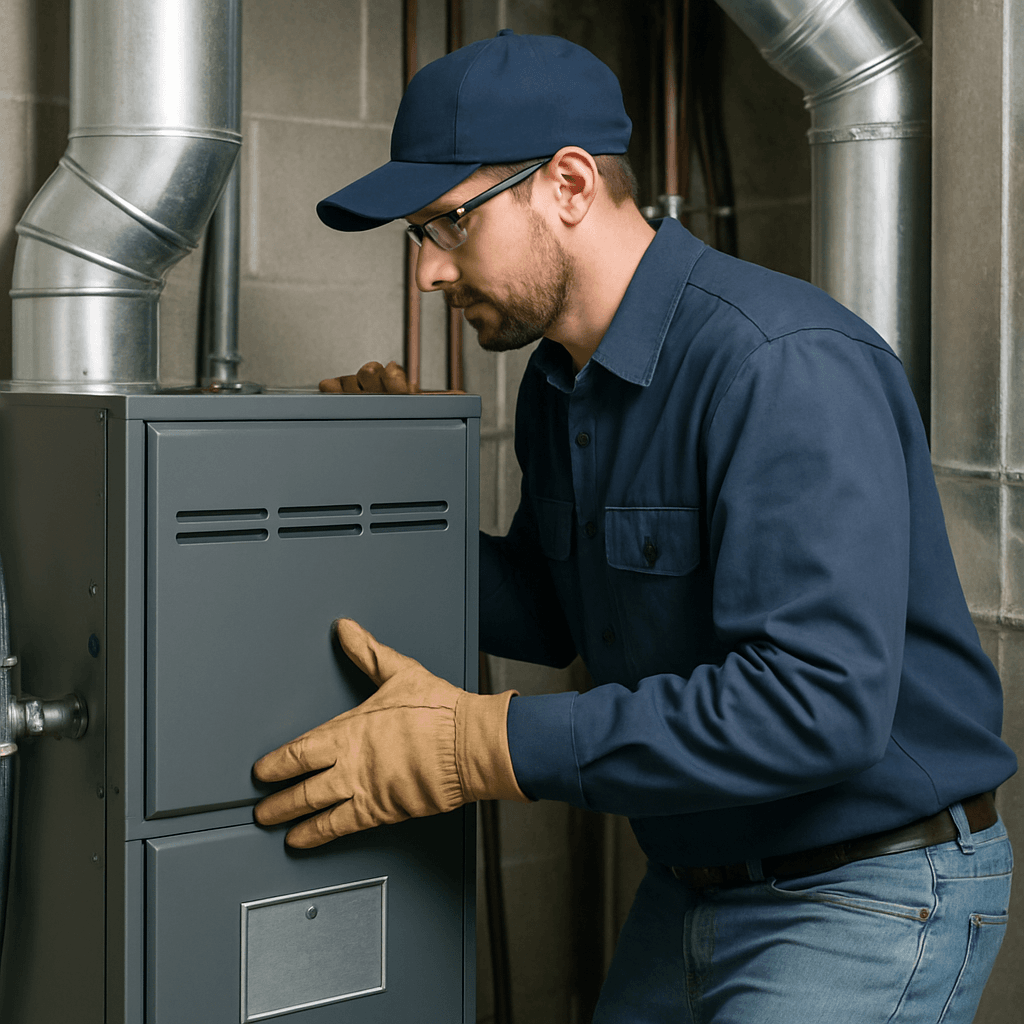
While the idea of a DIY furnace replacement might be tempting for some, it’s important to understand the complexities involved in gas furnace installation. Incorrect installation can lead to inefficiencies, potential safety hazards, and voided warranties. The intricacies of gas line connections, electrical wiring, and proper venting require expert knowledge to ensure a safe and efficient installation process.
Safety and Compliance
Installing a gas furnace involves dealing with natural gas lines and electrical connections. A professional HVAC technician ensures that the installation complies with local codes and regulations, which is crucial for your safety and the safety of your home. Incorrect installation can lead to dangerous gas leaks or electrical fires, posing serious risks to your household.
Expertise and Efficiency
Professional technicians have the expertise and tools required for a seamless installation. They can quickly identify and address potential issues, ensuring your furnace operates at peak efficiency. Professionals also have access to the latest equipment and technology, which can further enhance the performance and longevity of your new furnace.
Warranty Protection
Most furnace manufacturers require professional installation to honor the warranty. This means that attempting a DIY installation could leave you without warranty coverage, leading to expensive repairs down the line. Professional installation not only protects your investment but also provides assurance that any issues that arise will be covered under warranty.
Benefits of a New Furnace Installation
Investing in a new furnace offers several benefits that go beyond simply keeping your home warm:
Improved Energy Efficiency
Newer furnace models are designed to be more energy-efficient, which can lead to significant savings on your monthly energy bills. Look for furnaces with high Annual Fuel Utilization Efficiency (AFUE) ratings for the best efficiency. An efficient furnace not only reduces your carbon footprint but also contributes to a more sustainable and cost-effective home heating solution.
Enhanced Comfort
Modern furnaces provide more consistent heating and improved airflow, ensuring every room in your home remains at a comfortable temperature. Advanced features such as variable-speed blowers and zoned heating can further enhance comfort by allowing precise temperature control throughout your home.
Increased Home Value
A new furnace can increase the value of your home. Potential buyers often look for homes with updated and efficient HVAC systems, making it a worthwhile investment if you plan to sell in the future. An energy-efficient furnace can be an attractive selling point, providing potential buyers with the assurance of lower utility costs and reduced maintenance needs.
Choosing the Right Furnace for Your Home
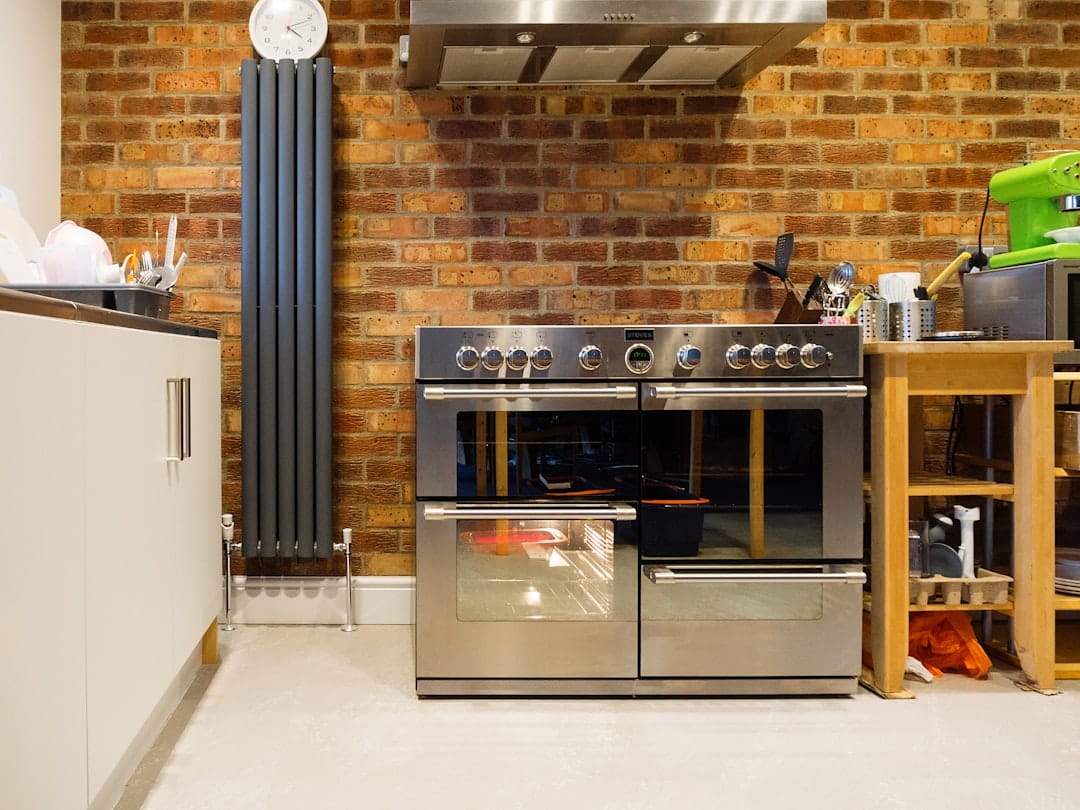
by Brett Jordan (https://unsplash.com/@brett_jordan)
When it comes to selecting a new furnace, several factors should influence your decision:
- Size and Capacity: Choosing the right size furnace is crucial. An undersized unit will struggle to heat your home, while an oversized one will cycle on and off too frequently, reducing efficiency and lifespan. A professional can conduct a load calculation to determine the appropriate size for your home.
- Fuel Type: Consider whether a natural gas furnace installation is best for your home. Gas furnaces are efficient and cost-effective, but your choice may depend on availability and your home’s existing infrastructure. Other options include electric and oil furnaces, each with its own set of benefits and considerations.
- Efficiency Ratings: Look for furnaces with high AFUE ratings to ensure you’re getting an efficient model that will save you money over time. Higher efficiency models may have a higher upfront cost but can pay off in energy savings over the lifespan of the unit.
Contact Us for Professional Furnace Installation
If you’re considering a furnace replacement, let the professionals at LC Heating and Air Conditioning assist you. With our reliable, trustworthy service, we ensure that your new furnace is installed safely and efficiently. Our team is dedicated to providing the best solutions tailored to your home and needs. Our commitment to quality and customer satisfaction makes us a trusted choice for homeowners in the Los Angeles metropolitan area. Contact us today at (818) 858-7080 to schedule a consultation or for any HVAC-related inquiries.
Changing Your Furnace: Conclusion
Recognizing when it’s time to replace your furnace can save you from unexpected breakdowns and high energy bills. By opting for professional installation, you ensure a safe, efficient, and long-lasting heating solution for your home. Remember, your comfort and safety are worth the investment in a new furnace. Trust the experts to keep your home cozy and warm, and enjoy peace of mind knowing your HVAC needs are in capable hands. Investing in a new furnace not only enhances your home’s comfort but also adds value and efficiency, making it a wise decision for the future.

